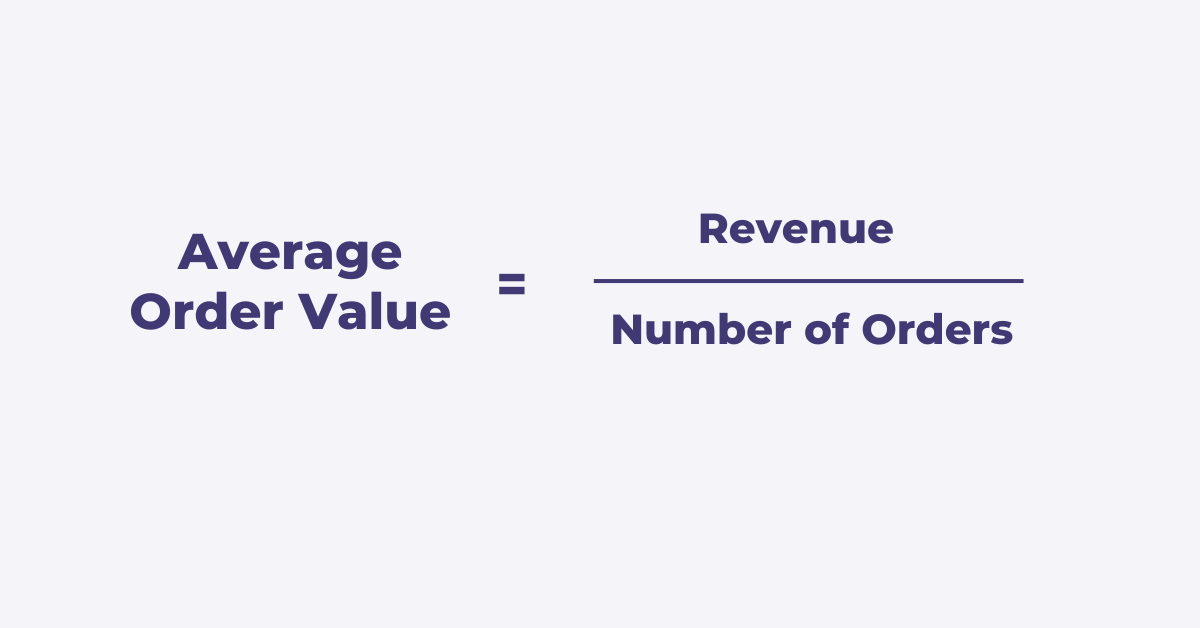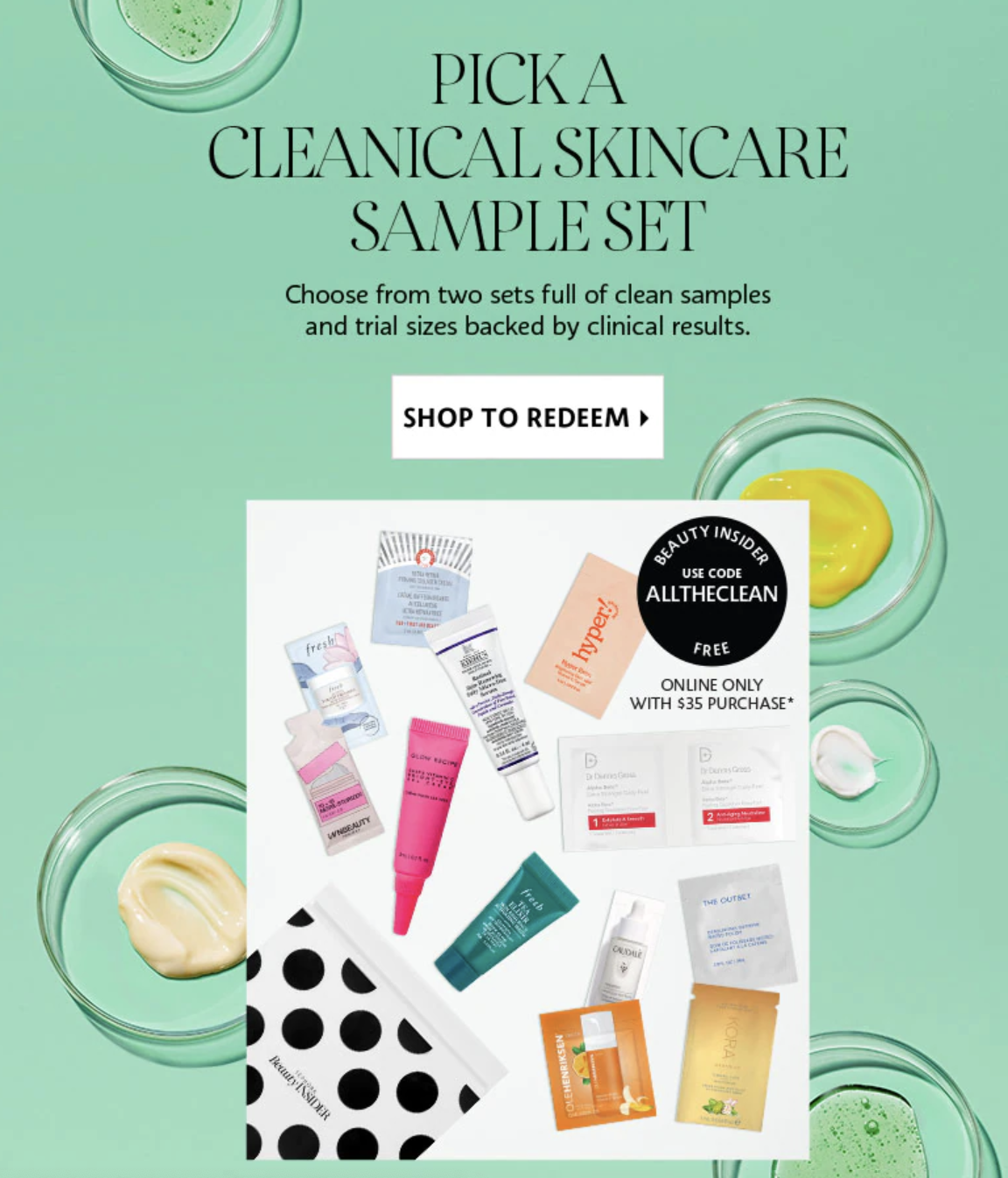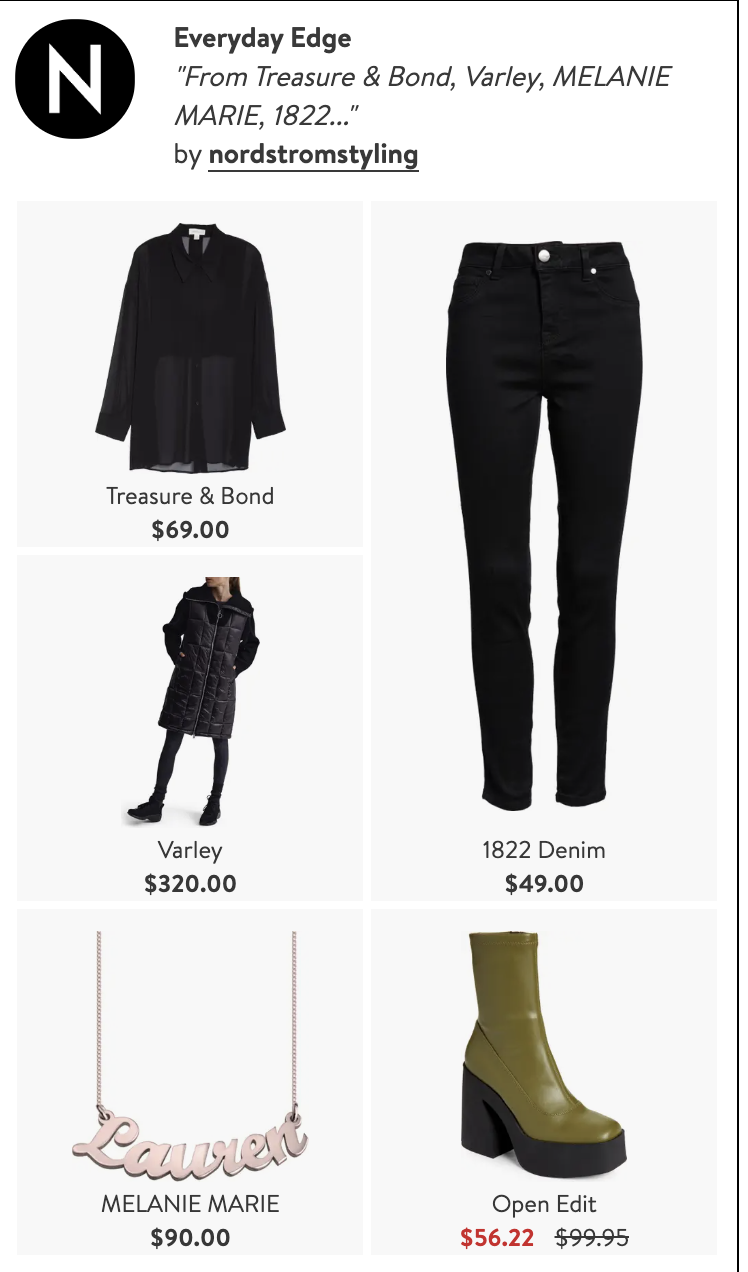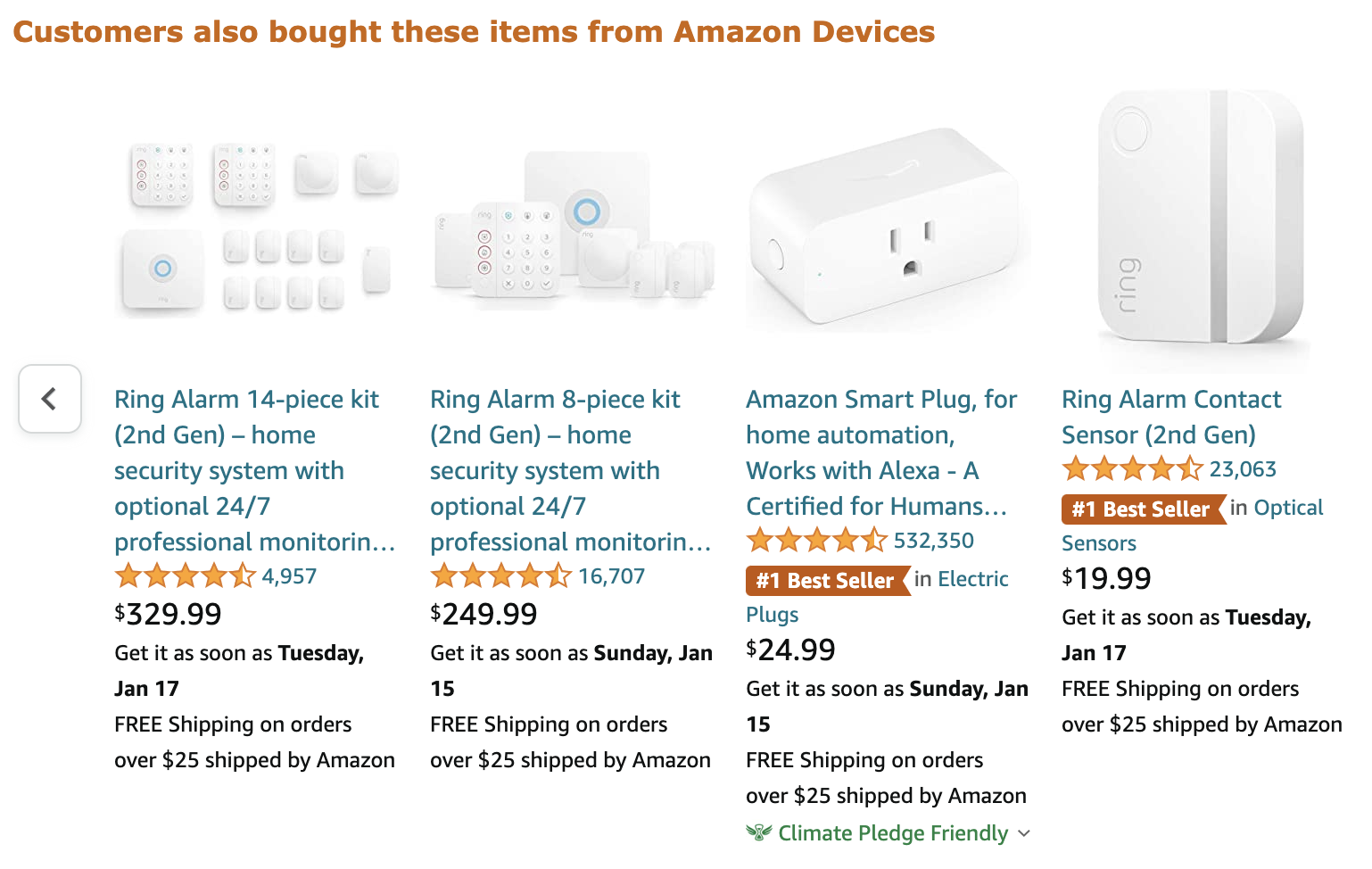4 Cross-Selling Strategies to Boost Your AOV
Increasing average order value (AOV) can increase the overall revenue for your business. Here are four cross-selling strategies to help make that happen.
Increasing average order value (AOV) can increase the overall revenue for your business. Here are four cross-selling strategies to help make that happen.
You nurture a lead, personalize your paid ad campaigns, then successfully get a customer to convert. It sounds like the perfect end to a story, right?
Well, almost. Most companies don’t want a customer to stop at a one-off conversion. They’d rather that person become a repeat buyer, and a loyal supporter of the business. In the best scenarios, that first conversion is the start to a long customer relationship.
One way to ensure this happens is with cross-selling, which uses several strategies to have customers buy products or services that compliment an item they already purchased. Cross-selling can increase average order value, and as a result, overall revenue for a business (in fact, 75% of companies said that cross-selling accounted for 30% of their revenue.)
Here are a few ways to increase average order value using cross-selling tactics.
First things first: what is average order value (AOV), and why should you care about it?
Average Order Value refers to how much money is spent (on average) for every purchase. To calculate Average Order Value, you would divide your revenue (either to date or within a specified time period, like quarterly or annually), by the number of orders your business received in that same timeframe.

As for why it’s important, average order value points to how your customers are spending their money (and what they’re spending it on). And when average order value increases, you can expect revenue to increase as well.
Average order value can help your business spot seasonal dips or increases in customer spending, and adapt their strategies accordingly. It can also point out your most (and least) popular products. By looking at average order value with other important metrics like lifetime value and acquisition costs, you can also gauge the overall health of your business (i.e. Do you have strong customer loyalty? Are certain low-selling products worth phasing out?).
Cross-selling can help increase AOV by suggesting additional items or services for purchase. Cross-selling occurs when a customer has already expressed interest in a product (and an intent to convert), presenting a prime opportunity to gain more revenue from a conversion.
If you’re looking for more important engagement metrics to track, check out our list here.
No matter the industry you’re in, cross-selling needs to be strategic and feel seamless to the customer. Heavy-handed sales pushes can come across as off-putting, and end up costing you customers in the long run.
To avoid this, it’s important that each cross-sell links back to a specific value-gain for the customer. This involves thoroughly understanding their needs, interests, and buying habits to effectively cross-promote products.
Bundling together products at a discounted rate is a common cross-sell strategy. This is a popular offer used by cable companies: bundling internet, cable, and oftentimes a phone for a lower fee than it would be to buy each service/product individually.
That last part is crucial: you want a cross-sell to present a worthwhile deal to a customer, but still be set at a price that has your business walking away with a profit.
Sephora, which sells cosmetics and personal care products, is a great example of bundling. They sell sets of trial-sized skin care and makeup products for customers to try. This package includes an assortment of popular – and even luxury – items at a lower price, so shoppers can test out each product and see which they prefer to purchase at full size and cost.

A huge caveat to cross-selling is that it’s really only effective when it's relevant. Asking a customer to tack on a random, additional expense is not the way to gain their trust (or increase average order value).
Instead, focus on recommending additional items that make sense within the context of their current order or browsing history. An example of this is Nordstrom, which helps customers shop entire outfits based on their desired style (e.g. minimalist, romantic, active, etc.).

As a further incentive, business leaders found that customers spend up to 34% more when their interactions with a brand are personalized.
Another effective strategy for cross-selling (and marketing, in general) is to include social proof. Often, we see this in the form of positive reviews or user-generated content (like videos or social media posts promoting the product). One study found that 57% of consumers would only shop with a brand or buy a product if it had over a 4-star rating.
Companies often use social proof when cross-selling by showcasing “what other people are buying.” This could be on a checkout page, promoting a few of the company’s best-selling items. Or, another popular approach is to include a carousel on a product page, showing what items were purchased in tandem.
Amazon is a top example of this; they frequently include items that shoppers also bought at the bottom of their pages. In the example below, Amazon showcases products in their Amazon Devices storefront, based on a customer’s browsing.

Recommendations are also a valuable source of insight into customer’s interests. By tracking how people engage with these suggestions, you can see which products or offers resonate most with your audience base.
When you know what products customers bought from you in the past, and have a profound understanding of their needs, interests, and habits, that data supports personalized cross-selling for each individual customer. You can cross-sell complementary products that you know each customer will be interested in.
If someone buys a lawn mower, you can market lawn care products to them and easily target them with relevant promotions and offers. You do this via email, SMS messaging, and social media ad campaigns. Using that customer data will help you create more effective cross-selling campaigns that won't waste your dollar spend.
Dive even deeper into your customer data by segmenting your customer base. When you do this, you can:
Tailor cross-selling strategies to different types of customers (e.g. job role, high-value shoppers, cart abandoners, etc.)
Identify which customers have the highest potential for cross-selling
Understand your customers' needs and preferences to create targeted campaigns that result in more successful cross-selling efforts
Connect with a Segment expert who can share more about what Segment can do for you.
We'll get back to you shortly. For now, you can create your workspace by clicking below.
Cross-selling is a sales technique used to promote additional products or services to an existing customer. It’s different from upselling, where you get a customer to buy the more expensive version of a product they're interested in. Cross-selling is used to increase the value of a customer's purchase by suggesting related or complementary services or products that may be of interest.
There are several cross selling strategies you can use when you're trying to increase average order value. You can bundle your products together to try and get the customer to buy more at a discounted rate, or showcase products that are frequently bought together in a carousel on a landing page. Some companies even showcase best-selling, complementary items on the checkout page, making it easier for shoppers to add it to their cart.
Twilio Engage is a great tool to help with cross-selling, as it consolidates all your customer data (from multiple channels) in one place. From there, it generates in-depth customer profiles that can be used to create personalized, effective cross-selling campaigns based on real-time behaviors.